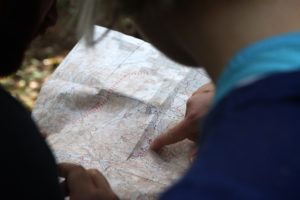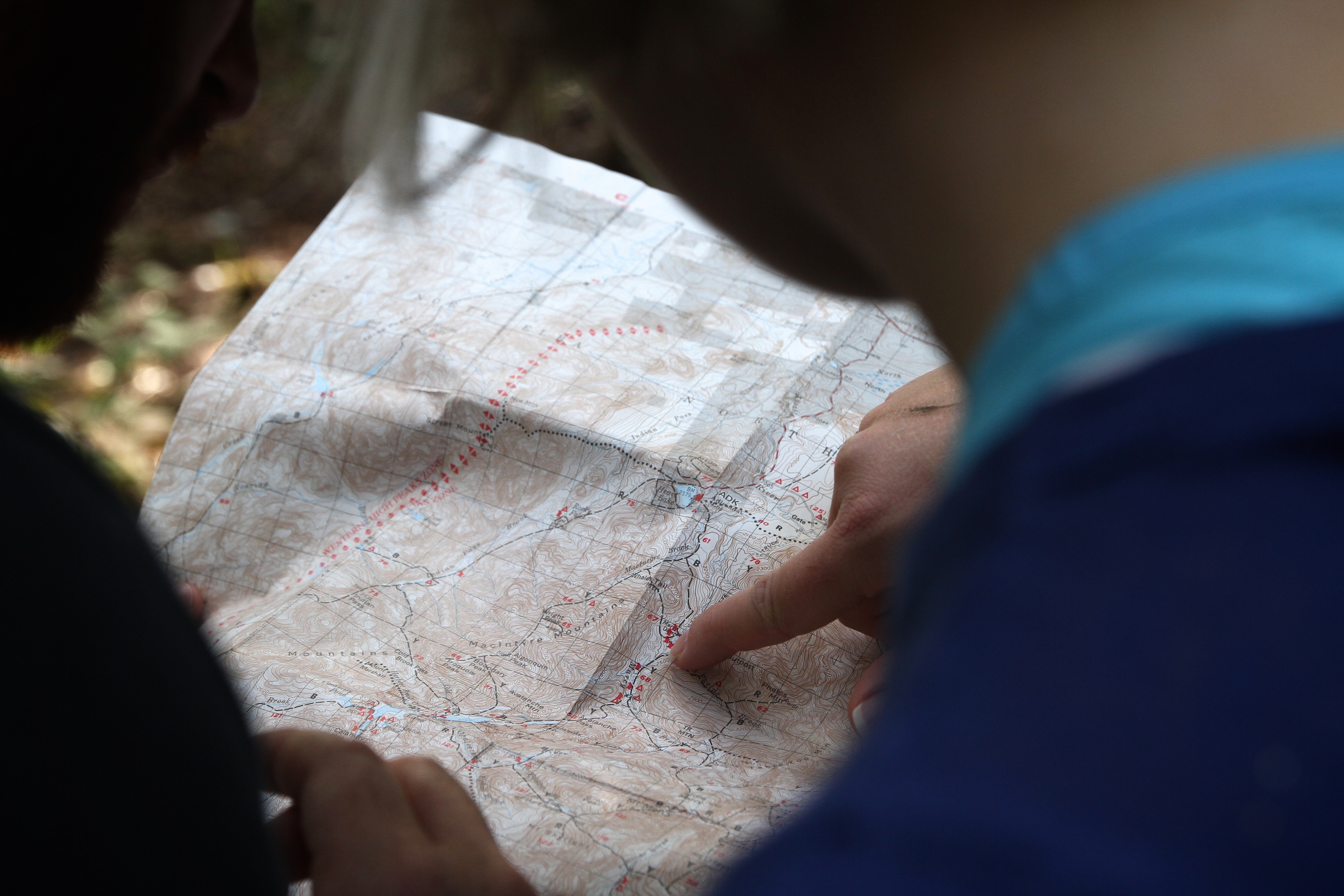
Exploring a foreign city is much like navigating life. Once you decide where you want to go and what you want to do, you have to figure out how to get there. The streets are marked and you have a map, yet the unfamiliarity of everything is daunting and can be overwhelming. What do you do?
Recently I took a trip to Barcelona, Spain. To get around I walked a lot and also took public transportation. It was my very first time in this very large city and I didn’t know the language. Needless to say I didn’t know my way around. But this trip was almost stress-free. I had mastered finding my way around foreign cities from my past experiences where I got lost, a lot, felt stressed out which caused me to get even more turned around, but I always managed to find my way. In the course of my travels I’ve learned how to navigate my way and I’ve picked up some useful tools that serve me well now. These are helpful in guiding me in life too. These tools include, my defined destination, a road map, and right attitude laced with flexibility.
Your Destination:
Knowing where you are going is key to finding your way there. Without it you are at a standstill or wandering aimlessly, neither of which are very fun to do on vacation or in life in general. Without a destination you are treading water, going nowhere as life’s opportunities pass your by. Deciding on this can be difficult and I devote much of my book, Growing Bold, to determining your meaningful goals for your life. This article will focus on what to do after you’ve decided on a destination.
Your Roadmap:
On my trip to Barcelona I used an old-fashioned paper map to get around. I didn’t rely on GPS because my cell phone was roaming and those charges can be hefty. Using a map helps ground me and really get a feel for the city and how it’s laid out. I have found that using a map also helps builds confidence in myself.
I used the map to locate where I was in the city, where I wanted to go on the map, and used streets signs as guide posts to tell me if I was going in the right direction. Looking for the next street I should cross if I were headed in the right direction I gauged my progress. After walking a block or two and I then stopped and checked the map to see if the street sign was the one I was expecting to see. If not, that was okay, because this new street sign gave me more information, another point of reference to correct my trajectory and arrive at my destination, satisfied with the process and with myself.
In life our values represent these guideposts giving us feedback and helping us find our bearings. When we do something to move us forward in the direction of our goals and we take time to stop and assess our progress and become aware of our feelings about the whole journey (checking in with our values) we can determine if we are being true to our values and to our self or if we are selling out. If we sense that where we are headed or how we are approaching getting there doesn’t feel right, this is a sign that we might be going against our values. When we realize this, when we see these guideposts, we can use them to make a change. We can use this new information to turn around and head in the right direction or, if the initial destination is so counter to who we are that it no longer is right for us (or never really was), we can even change the destination altogether.
Flexibility and The Right Attitude:
Knowing your destination and having a map are critical to finding your way, but there are a few behaviors that help reduce the stress and anxiety of traveling to unknown territories, on vacation and in life, so that you can thoroughly enjoy the journey.
In order to get to the next street sign/guidepost to create new reference points, you must be willing to walk in some direction without being 100% certain if you are walking in the right direction. Without the ability to take a chance on going the wrong way you remain stuck where you are on a street corner or in your life. Fear of making a wrong move can be catastrophic; it can result in getting to the end of your trip or the end of your life without having done those things you wanted to do most.
Several qualities create this willingness to make a wrong turn. You need to have patience. Getting around in a city you don’t know will take you longer and you probably will take a wrong turn or two. But if you have patience and give yourself time so you can stop and assess where you are and readjust your course when needed, you will find your way much more smoothly. You need to have self-compassion and non-judgment on your journey, because recognizing that you are doing the best you can, given the information you have, allows you to forgive yourself and feel less anxiety. Patience, non-judgment, self-compassion, and being willing to make a mistake set you up to take steps forward, to find your bearings, adjust your direction, and reach your destination – on vacation and more important, in your life.
About the author: Patricia Brooks is a speaker, life purpose coach, and author of Growing Bold: How to Overcome Fear, Build Confidence, and Love the Life you Live. She is currently living in France and experiencing her dream.
Photo Credits: Redd Angelo and Jean-Frederic Fortier

